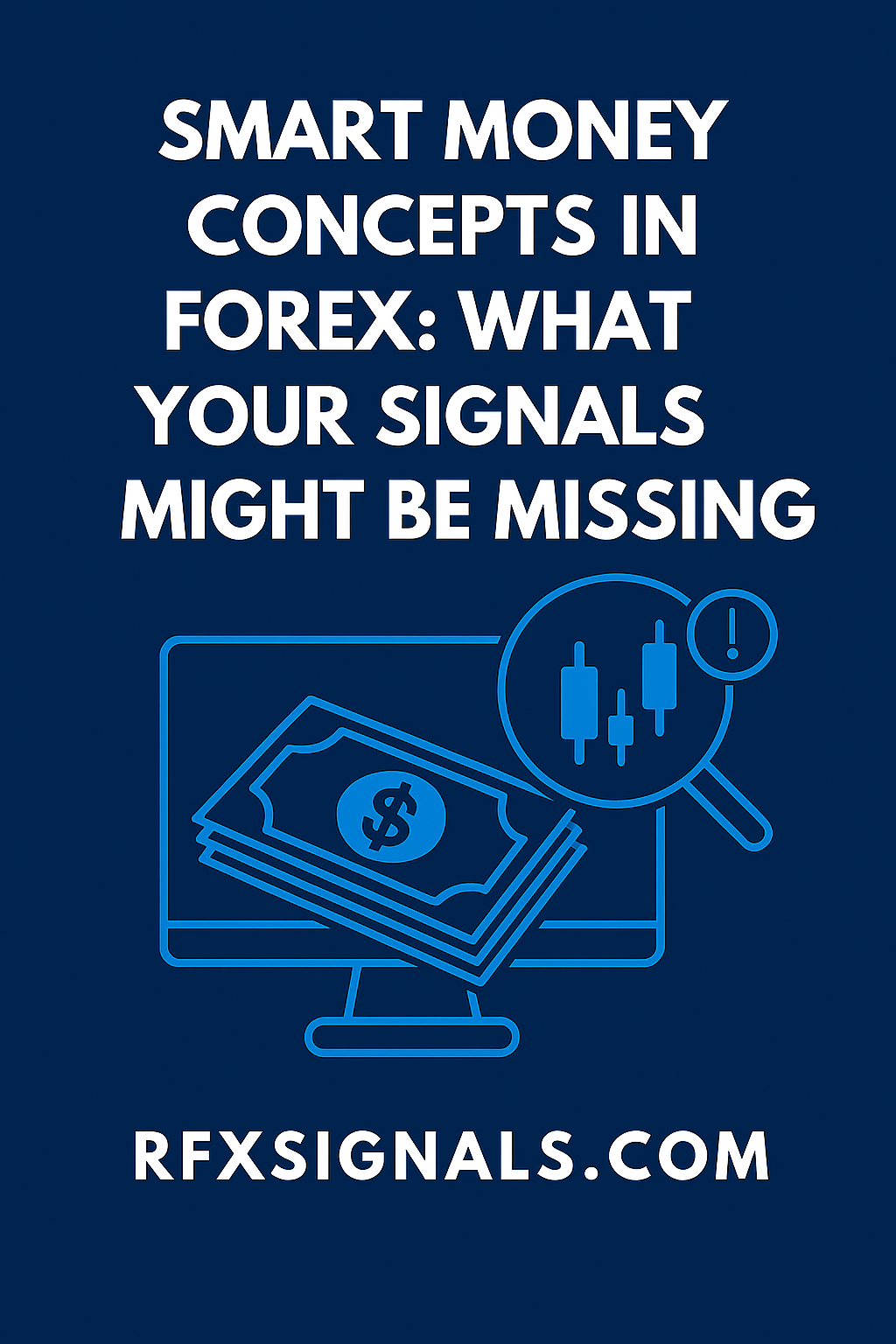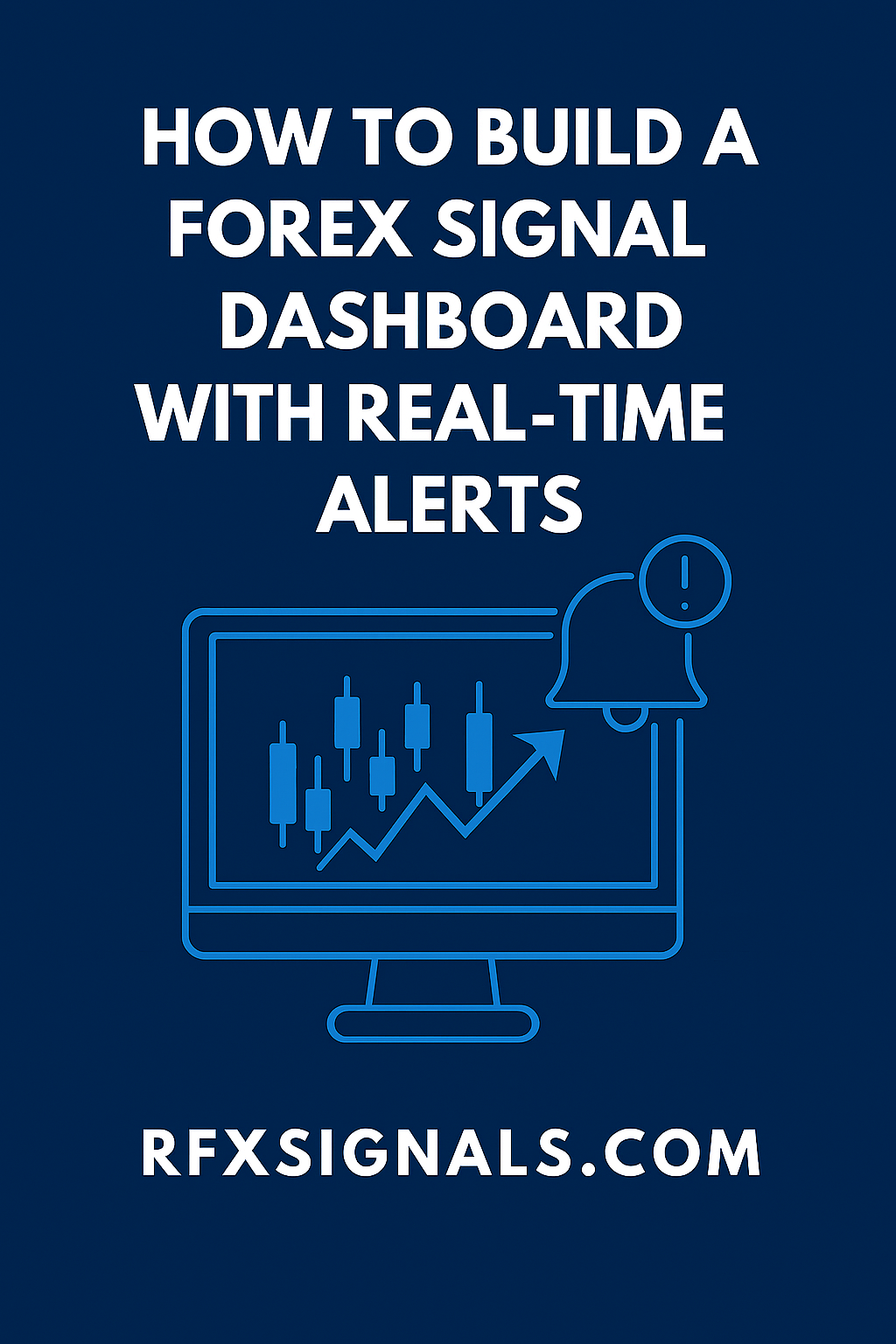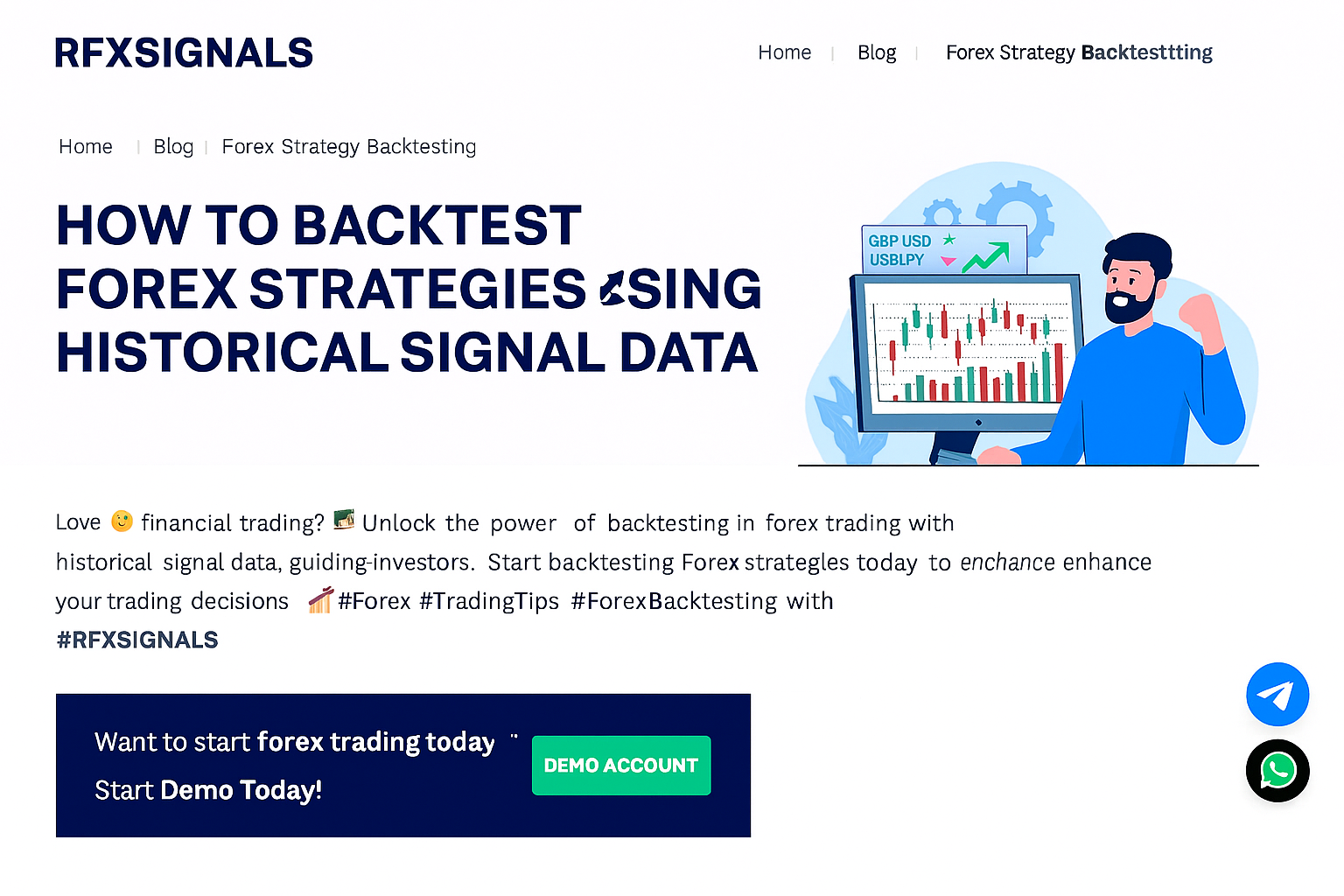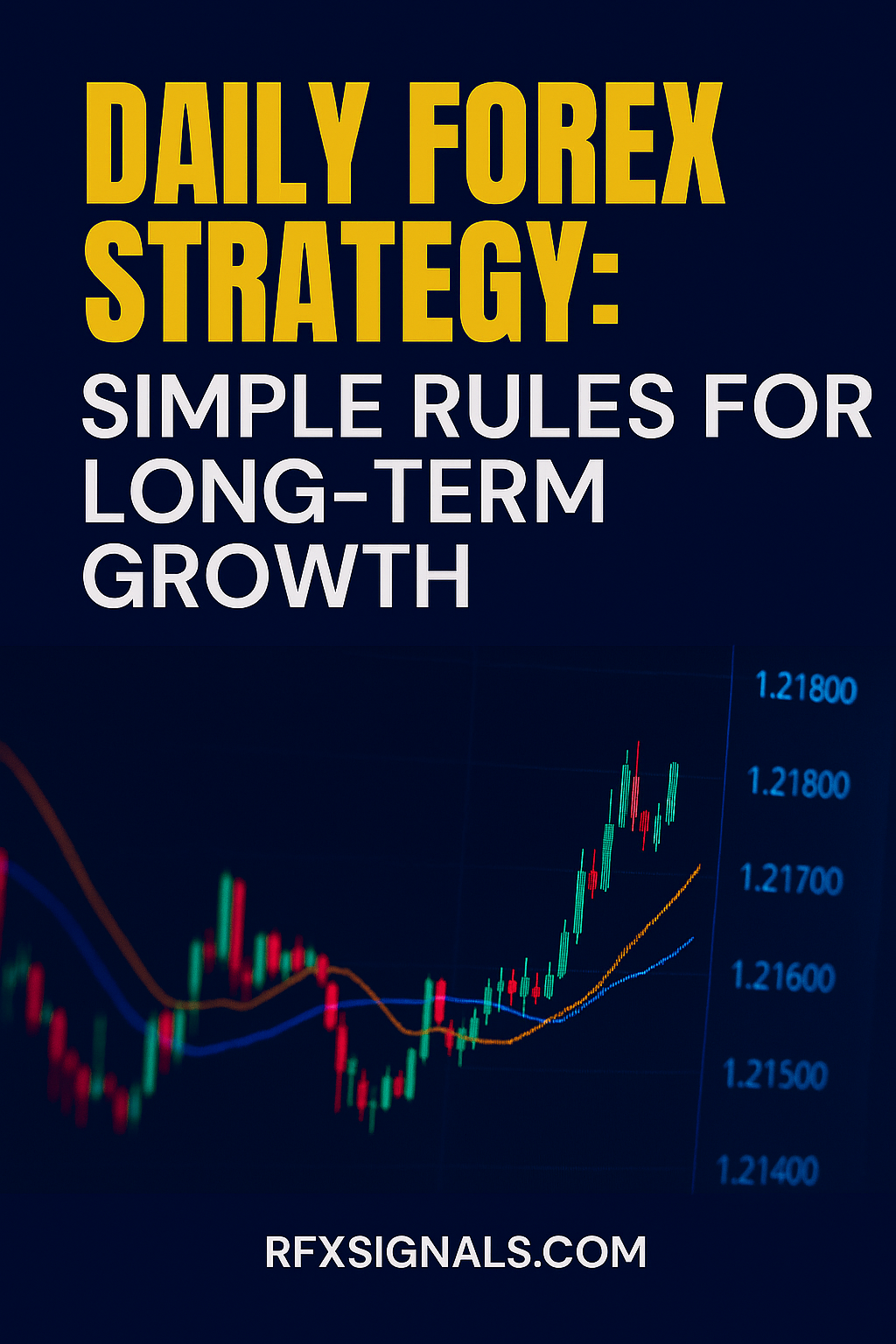
How to Build a Forex Signal Dashboard with Real-Time Alerts
Design and build a lightweight, reliable forex signal dashboard that streams signals in real time, prioritizes high-confidence alerts, and integrates with WhatsApp/Telegram for instant delivery. This guide covers architecture, data sources, alert rules, UX tips, testing and deployment.
Overview: what a signal dashboard should do
A well-built forex signal dashboard is more than a list of alerts. It should collect signals from sources, deduplicate and score them, display priority alerts, provide quick context (timeframe, reasoning, confidence), and trigger real-time notifications to traders via push, Telegram, WhatsApp, or email. The focus is speed, clarity, and low false-positive noise.
Core architectural components
Keep the architecture simple and decoupled so each part can scale independently:
- Ingestion layer: receive signals via webhook, API, or batch CSV exports.
- Processing & scoring: normalize timestamps, assign confidence scores, and de-duplicate.
- Alert engine: rules for triggering notifications (thresholds, cooldowns, rate limits).
- Dashboard UI: lightweight front-end to view, filter, and acknowledge signals.
- Delivery & integrations: webhook to execution systems, Telegram/WhatsApp gateways, email/SMS.
- Storage & logging: time-series DB or relational store for audits and analytics.
Data sources & normalization
Typical signal inputs include model outputs (probabilities), human-curated alerts, third-party providers, and price-event detectors (breakouts, volatility spikes). Important normalization steps:
- Convert all timestamps to UTC.
- Normalize pair names (EURUSD vs EUR/USD).
- Map direction values (buy/sell, long/short) to a consistent schema.
- Attach metadata (timeframe, model-id, confidence score, recommended SL/TP).
Scoring & priority rules
Not all signals deserve a popup. Build a scoring function that weights:
- Model confidence / probability
- Signal recency (newer signals rank higher)
- Liquidity & spread conditions (e.g., avoid low-liquidity hours)
- Cross-checks (corroboration by multiple models or indicators)
Example score formula (simple): score = 0.6 × confidence + 0.3 × corroboration + 0.1 × liquidity_score. Use score thresholds to determine whether to send mobile/popup alerts or only display in the dashboard.
Alert engine rules & rate limiting
Misconfigured alerts cause noise. Use these safety rules:
- Cooldown per pair: don't alert the same pair more than once in X minutes unless confidence increases.
- Max alerts per minute: global cap to avoid flooding subscribers.
- Priority channels: high-score alerts → push & Telegram; medium → dashboard & email; low → archived for review.
- Execution safety: block alerts during major news or during known outages.
Real-time integrations: Telegram, WhatsApp, Webhooks
Delivery options vary by audience. Telegram bots are straightforward for channels and groups; WhatsApp requires approved Business API or third-party gateway. For execution, expose a webhook to your broker/execution engine with strict authentication.
Designing the dashboard UI (keep it lightweight)
Design principles:
- One glance clarity: pair, direction, confidence, time, reason.
- Color semantics: green buy, red sell, amber for medium confidence.
- Fast filters: by pair, timeframe, confidence, source.
- Acknowledge & comment: allow traders to acknowledge signals and add quick notes.
- Mobile-friendly: a responsive layout or a simple PWA for push notifications.
Monitoring & observability
Track these metrics to keep your dashboard healthy:
- Signal throughput (signals/minute)
- Alert delivery success rate (Telegram/WhatsApp webhook status)
- Average time from ingestion to delivery (latency)
- False-positive rate (signals with negative expectancy)
- User acknowledgements / click-throughs
Testing strategy before going live
Test thoroughly:
- Unit tests: ingestion and normalization functions.
- Integration tests: simulate webhook inputs and downstream delivery.
- Load tests: ensure the system handles burst signals (e.g., 10× expected load).
- Forward-test: run the dashboard in "silent mode" for 30 days and compare delivered signals vs actual price outcomes.
Security & compliance
Protect your APIs and data. Use API keys, HMAC signatures for webhooks, TLS everywhere, and role-based access in the dashboard. If you store user phone numbers, follow applicable privacy laws (GDPR, etc.) and use encrypted storage.
Deployment & cost considerations
Keep hosting simple at first:
- Use a managed PostgreSQL or TimescaleDB for storage.
- Host the processing on a small container cluster (e.g., AWS ECS, DigitalOcean Apps) with autoscaling.
- Use a messaging gateway for Telegram and an approved WhatsApp Business provider for WhatsApp alerts.
- Estimate costs: storage + compute + gateway fees (WhatsApp charges per message for Business API).
Example stack (fast, low-cost)
| Layer | Example |
|---|---|
| Ingestion | Webhook endpoints (Node/Python Flask) |
| Processing | Python worker (Celery/RQ) or Node worker |
| Storage | Postgres / TimescaleDB |
| Dashboard | React (Vite) or simple server-side rendered pages |
| Delivery | Telegram bot, WhatsApp Business API, Webhooks |
Operational checklist before full launch
- Validate timestamp alignment for all sources (UTC).
- Run 30-day silent forward test and review false-positive rate.
- Confirm delivery SLAs with messaging gateways.
- Define escalation rules for outages (fallback email/SMS).
- Prepare an onboarding guide for subscribers (how to set alerts, recommended sizes).
Related posts (internal & outbound)
Final thoughts & next steps
Start small: implement ingestion, a simple scoring rule, and a Telegram/WhatsApp delivery for high-confidence signals. Run a 30–90 day forward test in silent mode to measure latency, delivery, and signal quality. Iterate on scoring, reduce noise, and add features like acknowledgements and audit logs as you learn what users need.








